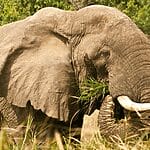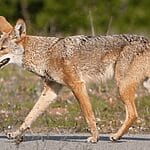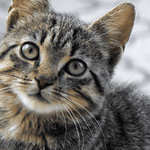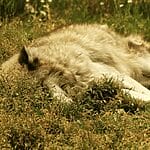Koalas are often seen as adorable and peaceful animals, but are they intelligent? This question has sparked curiosity for many. With their slow movements and sleepy habits, it might be easy to assume they lack smarts. However, this assumption could be misleading.
Koalas spend most of their time eating eucalyptus leaves, which offer little nutrition. This leaves them with limited energy to engage in more complex behaviors. But is this the full story?
In this exploration, we’ll uncover whether koalas possess hidden intelligence beyond their simple lifestyle. You’ll find surprising insights about their behavior and capabilities. Let’s dive into the truth behind koala intelligence.
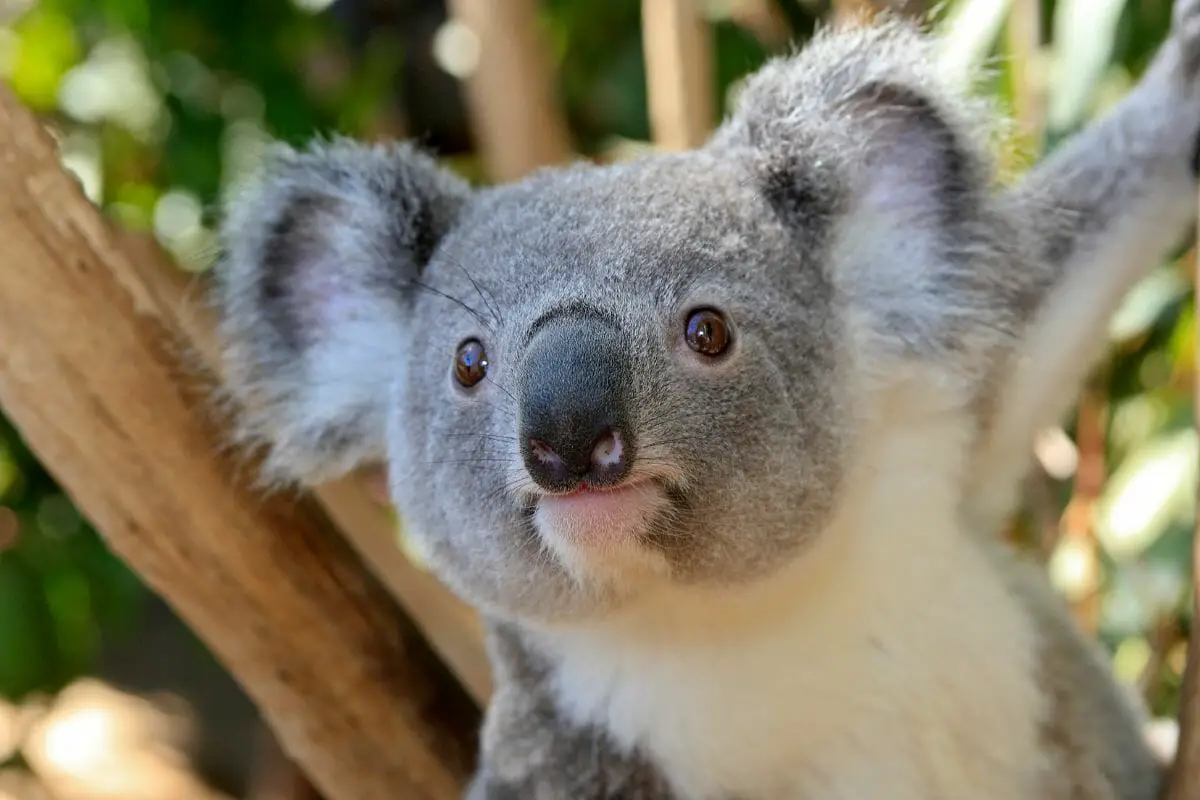
How Intelligent Are Koala Bears?
Koala bears are actually known as one the least intelligent creatures in Australia. Despite their adorable appearance, they don’t have the same intellectual capacities as other animals.
According to scientists, they are ranked as low on the intelligence scale, being placed alongside other slow moving animals such as the sloth.
One of the main reasons that koala bears are considered not to be smart is because of the size of their brain.
Koala bears have one of the smallest brains in the whole of the animal kingdom, not just those exclusive to Australia.
As well as this, their brains actually appear different to those possessed by other animals. Koala brains don’t actually have any curves or ridges, and appear completely smooth to look at.
Smooth brains mean that they have lower levels of recognition than other animals, making it difficult for them to process things at a quick pace.
The way in which their brain fails to process basic things is explained by their behavior. For example, if it begins to rain, a koala bear, instead of seeking shelter, will proceed to lie in the shower.
As well as this, in incidents where bushfires have taken place, koala bears will stay in the tree right up until the time where the fire reaches them before taking action.
This is also the case for outside predators, as koala bears will stay in their place until the moment of attack.
Finally, koala bears are unable to recognize food if it’s presented to them in a different format.
For example, koala bears are known to feed on eucalyptus leaves from the trees, but if you were to pluck out a few leaves from the tree and try to feed it to them, they wouldn’t recognize it as food.
Why Aren’t Koala Bears Smart?
There has been a lot of research and debate surrounding the question of why koala bears aren’t as smart as other animals, and much of it is to do with their lifestyle and the nutritional value of their food source.
Koala bears require up to 20 hours of sleep per day, which means that they’ll spend the majority of their time sleeping. The rest of the time they’ll spend feeding on the eucalyptus leaves on their trees, which are their main food source despite being poisonous to many other animals.
Koala bears reside very high up in their trees, which means that they’re safe from most predators, and don’t often come under attack.
This means that their brains haven’t developed to grant them the intelligence to recognize danger and potential threats like other mammals who have had to fight to survive.
Koalas can live an incredibly long, stress free life, free from any harm, and therefore don’t require the same intellectual capabilities as other mammals.
Cognitive Abilities of Koalas
Despite not being known for high intelligence relative to other mammals, koalas exhibit several cognitive skills essential for their survival within their specific ecological setting. These abilities include:
- Problem-solving skills: Koalas excel in identifying and selecting the highest-quality eucalyptus leaves for their diet by effectively using their senses of smell and taste.
- Memory capabilities: Koalas have the ability to recall the locations of preferred eucalyptus trees and return to them as necessary.
- Social intelligence: Koalas form social structures and sustain relationships within their community through a variety of vocal sounds and body signals.
- Navigation and spatial awareness: With a strong sense of spatial orientation, koalas adeptly maneuver through their arboreal habitat, easily moving from one tree to another, where they can find their primary food source, eucalyptus leaves.
Some Interesting Facts About Koala Bears
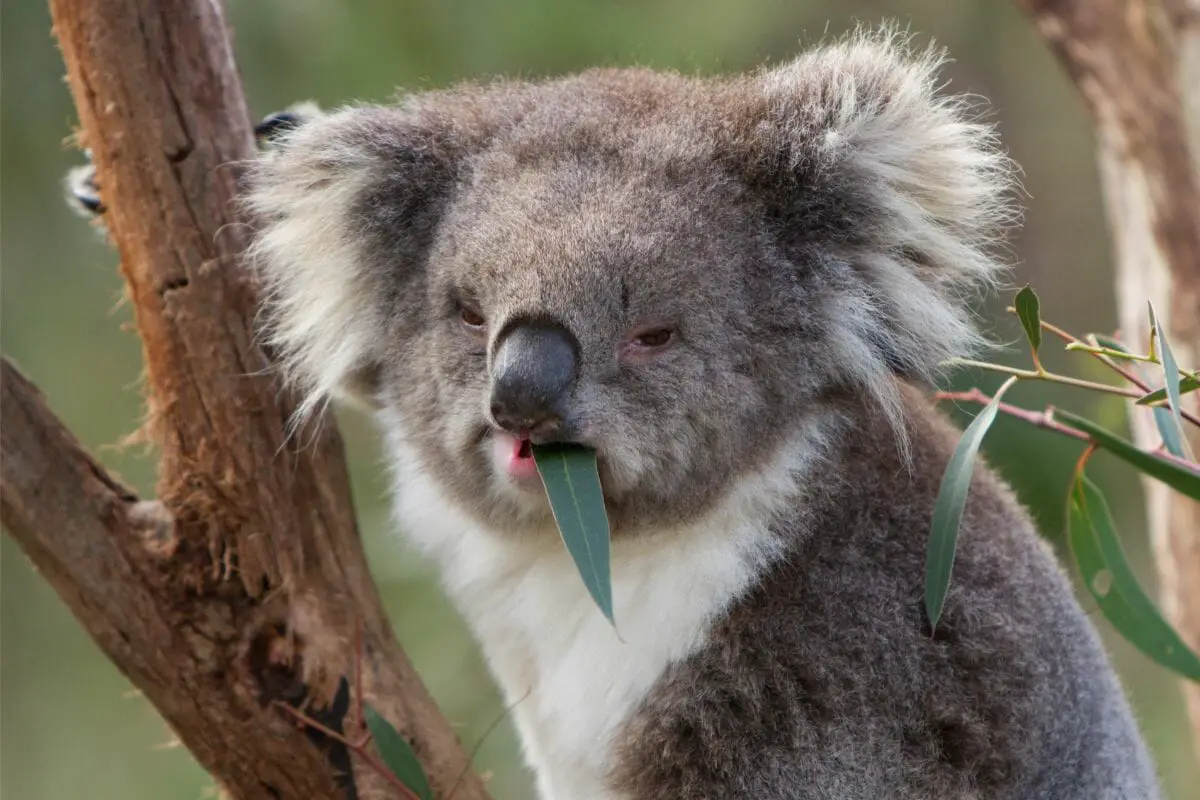
Although they’re not the most intelligent animals on the planet, that doesn’t mean that koala bears aren’t full of interesting facts. To learn more about these adorable animals, keep reading below.
They’re Not Technically Bears
Many of you might be surprised to learn that koala bears aren’t actually considered to be bears according to science.
Although they have a cuddly, teddy bear-like appearance, they’re actually more closely related to wombats in terms of genetics.
That’s right, these creatures actually belong to the same family as kangaroos, and wombats, which they actually appear to differ from in terms of appearance.
They Have A Huge Diet
Koala bears can eat a surprising amount of food, and as well as this, they’re incredibly picky eaters. That’s right, koala bears survive exclusively on eucalyptus leaves and nothing else.
Their fondness for eucalyptus leaves is immense, and they can eat up to two pounds of these a day. Their choice of eucalyptus leaf depends on the variety, and they’ll only eat 50 of the 800 species of eucalyptus leaf.
They’ll also only choose the leaves that are at the very top of the tree, which are far more moist and juicy than those growing lower down.
They love eucalyptus leaves so much that they actually begin to smell like them. The males have the strongest odor of eucalyptus, whereas the females are far milder.
They Live A Long Life
Koala bears can actually live for up to a whole decade, specifically between 9 and 12 years old. They live a life which is worry free and removed from predators, so they undergo very little threat throughout their lives.
Females actually exceed this lifespan by a significant amount, with some living up to 18 years old.
They will leave their mothers once they’re 12 months old, and then begin to reproduce themselves once they’ve reached the age of 3.
One of the biggest threats to koala bears is chlamydia, which is often thought to be a sexually transmitted disease exclusive to humans.
Many populations of koala bears will actually acquire this disease, and it can be deadly, leading some individuals to starve to death if they cannot find adequate food sources.
They normally acquire chlamydia after periods of intense stress, and it can cause urinary tract infections, and in some cases, blindness.
Koalas Sound Demonic
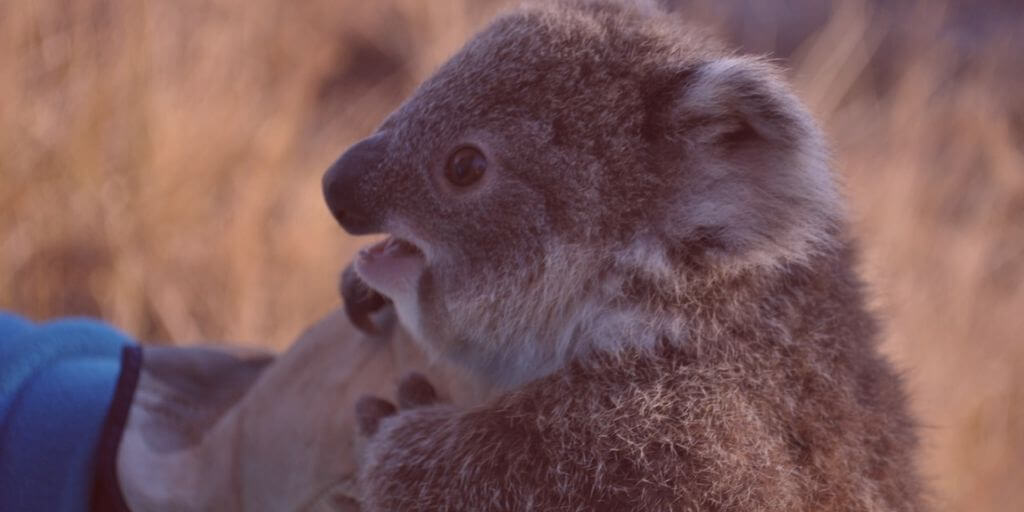
Koalas are surprisingly vocal animals, and their sounds can be quite intense. During mating season, male koalas produce deep, resonant bellows that can sound almost “demonic” to the untrained ear.
These loud calls are essential for attracting females and establishing dominance over other males in the area. The sound is amplified by a specialized organ located near the larynx, making the noise carry over long distances.
Despite their cute, cuddly appearance, koalas use these vocalizations as a crucial part of their survival and social structure.
This behavior reminds us that koalas, though often perceived as gentle creatures, are still wild animals with complex and sometimes aggressive communication methods.
They Have Two Thumbs per Hand
Koalas possess a fascinating adaptation in their hands: each has two opposable thumbs.
This unique feature gives koalas a much stronger grip, essential for climbing and moving across the branches of eucalyptus trees. The two thumbs work against the other three fingers, allowing them to securely grasp branches and maintain balance while foraging for leaves.
This extra thumb provides a greater degree of dexterity, crucial for their arboreal lifestyle.
Koalas spend most of their lives in trees, and this specialized adaptation allows them to navigate challenging surfaces with ease, enhancing their ability to survive in their treetop habitat.
Koalas Feed Their Babies Poop
A unique aspect of koala parenting is that mothers feed their babies a special type of feces called “pap.”
As joeys transition from milk to solid food, pap plays a critical role. It contains the microorganisms necessary for digesting eucalyptus leaves, which are toxic and hard to digest.
By consuming this substance, the baby koala gains essential gut bacteria that enable it to process its future diet.
This unusual practice is vital for the joey’s survival, as it allows the young koala to eat the eucalyptus leaves that make up nearly 100% of its adult diet. Without pap, a joey wouldn’t survive in the wild.
They Don’t Drink Water (Usually)

Koalas generally do not drink water in the traditional sense. Instead, they get most of their hydration from the eucalyptus leaves they eat, which contain a high amount of moisture.
This water intake is typically enough to meet their daily hydration needs, allowing koalas to thrive in the dry environments of Queensland. However, during extreme heat or drought, koalas may resort to drinking rainwater.
They’ve been observed licking tree trunks to consume the water flowing down during storms, a behavior known as “stemflow.”
This occasional need for additional water highlights the koala’s adaptability in surviving the often harsh, dry conditions of their native Australian habitat.
Final Thoughts
Koala bears are incredibly fascinating creatures, and can be fun to learn about despite the fact that they’re not intelligent.
Koala bears have some of the smallest brains found in the whole of the animal kingdom, and this affects some of their behaviors.
Koalas do not have the same capabilities as other mammals for protecting themselves against potential predators and dangerous situations such as bush fires as a result of their brain capacities.
FAQs
How high is the IQ of a koala?
Koalas do not have an assigned IQ score as their intelligence is not comparable to human metrics. Studies indicate they have limited cognitive abilities but can learn behaviors like using crossings to avoid roads, showcasing some adaptive intelligence.
Were koalas ever smart?
The intelligence of koalas has always been a topic of debate. While traditionally seen as having limited intellectual abilities due to their simple brain structure, recent observations suggest they can adapt to environmental changes, indicating a form of practical intelligence.
What are 5 interesting facts about koalas?
Koalas are marsupials, not bears, and are closely related to wombats.
Joeys develop in their mother’s pouch for six months, then ride on her back.
Koalas are native to eastern Australia and live high in eucalyptus trees.
They have a specially adapted supportive butt for sitting on branches.
Their diet consists almost exclusively of eucalyptus leaves, processed by a specialized organ called the caecum to detoxify the leaves’ chemicals.
- What Should I Do If A Koala Bites Me? Safety Guide - 2024-05-30
- Are Kangaroos Born Without Hind Legs? A Fascinating Journey - 2024-05-30
- Animals That Look Like Squirrels - 2024-05-30


